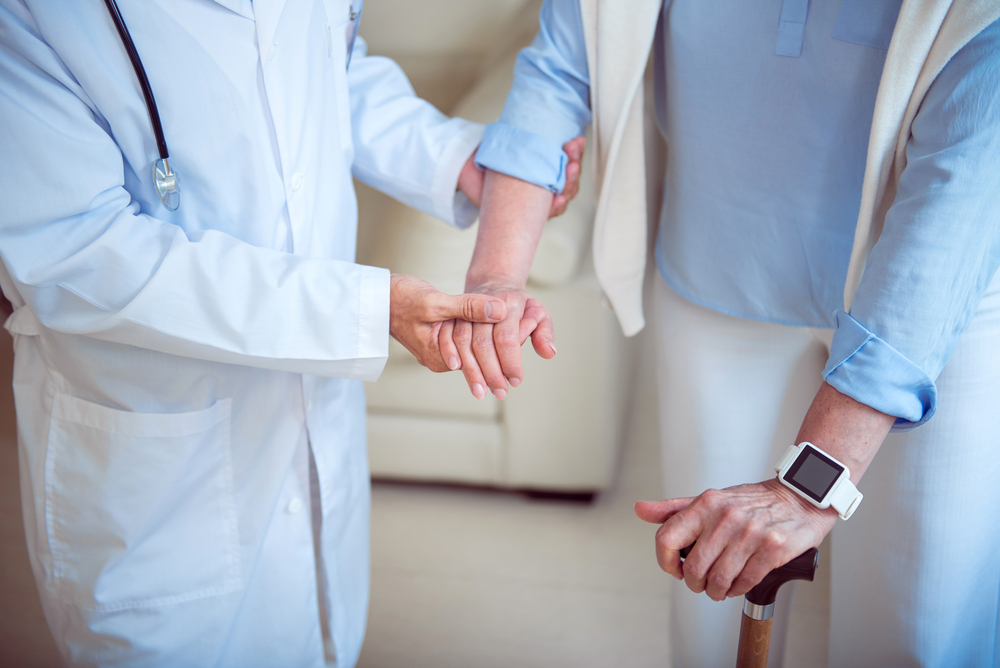Houston Researchers Develop Wearable Biofeedback System to Improve Balance in Parkinson’s Patients

University of Houston researchers are developing what’s called the Smarter Balance System (SBS), a smartphone-based biofeedback rehabilitation system to help patients with Parkinson’s disease regain stable balance. This helps them with confidence in performing daily activities through a series of exercises using a piece of wearable technology.
The biofeedback technology, which can be used by anyone experiencing balance issues, including the elderly, was developed as a customizable, wearable belt lined with vibrating actuators. The system works as a personalized rehabilitation program based on a patient’s individual mobility. Each movement is mapped in real-time using a series of dots and targets on a smartphone app, with a high degree of sensitivity.
“Our overarching goal is to improve their quality of life by improving postural stability, reducing the number of falls and increasing their confidence in daily activities,” Beom-Chan Lee, lead researcher of a study to evaluate the SBS system’s long-term rehabilitative benefits, said in a press release.
“The smartphone application records and creates a custom motion for their body tilt based on their individual limits of stability. The touch guidance from the vibrating actuators is almost acting as if a physical therapist is guiding them,” added Alberto Fung, a researcher in Lee’s Sensori-Motor Augmentation and Rehabilitation Technology (SMART) research group.
According to the SMART research group, about 60% of people with Parkinson’s disease fall annually, and two-thirds of those people fall more than once or twice a year. While medication or deep brain stimulation could help with many of Parkinson’s symptoms, postural instability and muscle weakness are usually responsible for causing falls. While treatments for this often are ineffective, physical rehabilitation could help.
The goal of Lee’s team in developing SBS is to bring physical rehabilitation into patients’ homes where clinics are not widely available. The technology does not aim to replace the need for patients to see rehabilitation physicians, but rather to serve as an alternative, even at a distance.
Because the system is connected to the internet, a patient could use SBS with the guidance of a doctor or physical therapist. The system uploads all collected information to an online server, where it can be accessed to track a patient’s progress or to adjust the exercise regimen.
“It’s important to develop a system that is easy to use and readily available in the home environment,” Lee said. “Most of the time, patients have to rehab at a clinic but there might be limited access. We’re not trying to replace traditional therapy but there is a shortage of physical therapists.”
“Our system is centered around the user. It minimizes manual interactions and is mostly automated,” Fung added. “The patients who have tested the system say it’s very easy to use and that’s very rewarding.”
SBS was developed with funding from the American Parkinson Disease Association (APDA).
Watch the following video to learn more about the system:






